Anyone who has ever been to the Central Highlands will surely not forget the strange and magical sound of lithophones in the nights of gongs drifting by the flickering fire. Speaking of lithophones, the famous French archaeologist and cultural researcher Georges Condominas, who once worked at the French Institute of the Far East and was the first person to discover a set of prehistoric lithophones dating back more than 3,000 years in the Central Highlands in 1949, then brought them to display at the Museum of Man in Paris in France, had to exclaim: " It is unlike any stone musical instrument known to science ."
According to researchers, the lithophone is one of the oldest percussion instruments in Vietnam. This instrument has contributed to enriching traditional music , as well as playing an important role in the cultural and spiritual life of some ethnic groups in our country thousands of years ago.
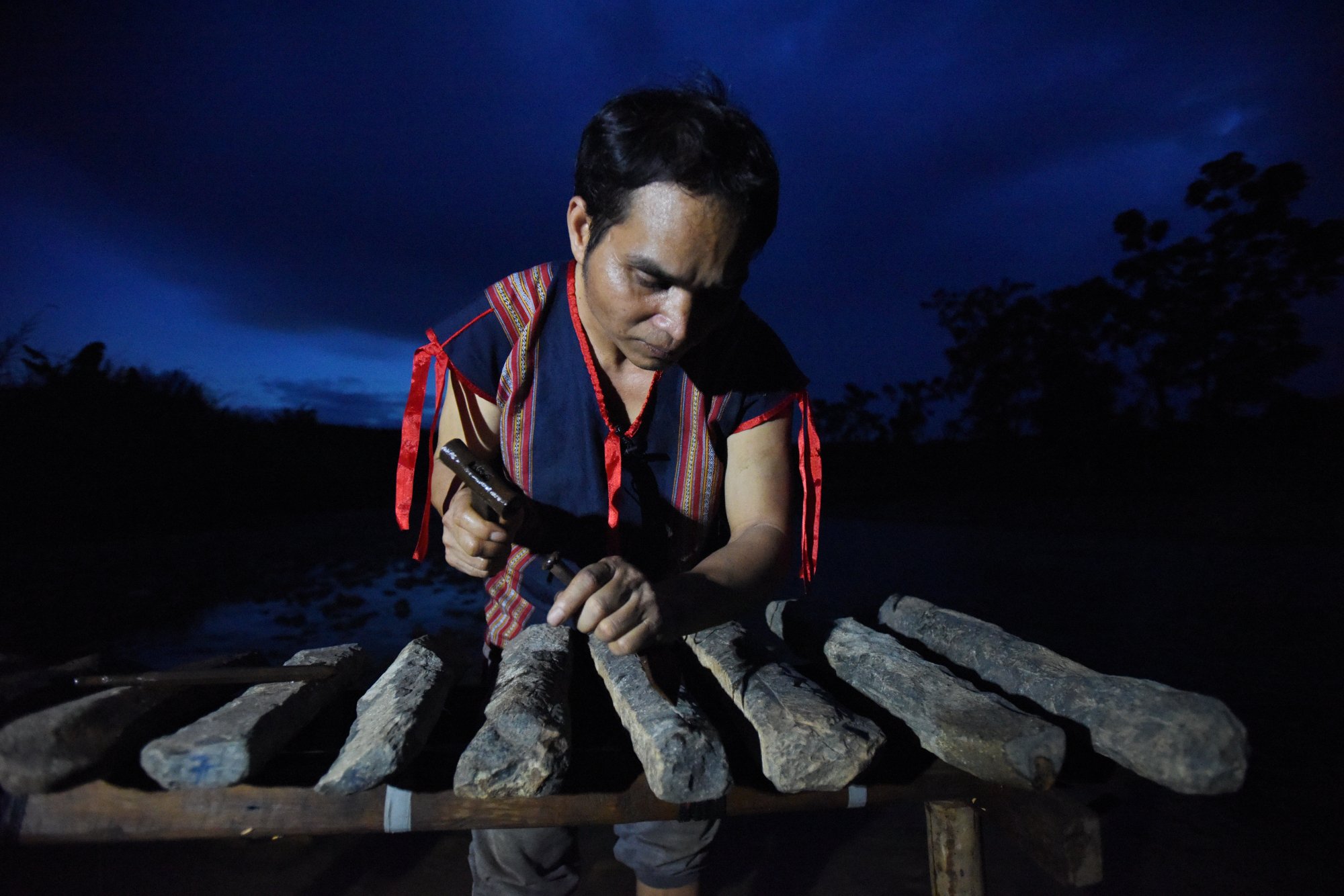
A Huynh chiseled stone bars to tune the lithophone.
Despite its fame, lithophone making is considered a difficult technique that few people know about. Therefore, the number of people who know how to make lithophones in the Central Highlands today is not much, if not very rare. During a recent business trip to the Central Highlands, I happened to meet artisan A Huynh - the only person in Kon Tum who can master this technique. The stories surrounding his journey of researching and making lithophones made me feel drawn into the strange passionate world of the young Ja Rai artisan.
A Huynh did not attend any music school, nor was he taught by anyone, only because the sound of the to rung, ting ning, k'ni, lithophone... was like an invisible magic that attracted his heart, fanned the flames of passion and then led him to become a young elite artisan who knows how to make and play most of the ancient musical instruments of the Ja Rai people, especially the lithophone.
That day, the afternoon was getting late, the dim light of the mountains and forests was falling as if it was about to cover the Ya Xier stream which was in its dry season. In the distance, there was a silhouette of a person hunched over wading in the dry stream. Occasionally, that silhouette would bend down to turn over the slippery, water-stained stones as if searching for something. Feeling strange, I approached and it turned out to be A Huynh.
Seeing someone coming, A Huynh looked up and smiled, saying: “It’s easy to carve a stone, but it’s hard to find a satisfactory stone. I’ve been walking for days and only found this one!” As he spoke, A Huynh held out a rough, gray stone that looked like a prehistoric stone axe head. He used a small hammer to lightly tap the stone and heard it make a clear clanging sound, as if someone were tapping on a piano key.
Standing right in the middle of the dry stream, A Huynh carefully arranged a row of stone slabs of different sizes and lengths, and added the one he had just found to make a set. While admiring them, A Huynh used a hammer to lightly tap each slab. His hands tapped faster and faster. And strangely, the rough, uneven stone slabs suddenly emitted dreamy sounds like the sound of gongs echoing from afar off into the cliffs.
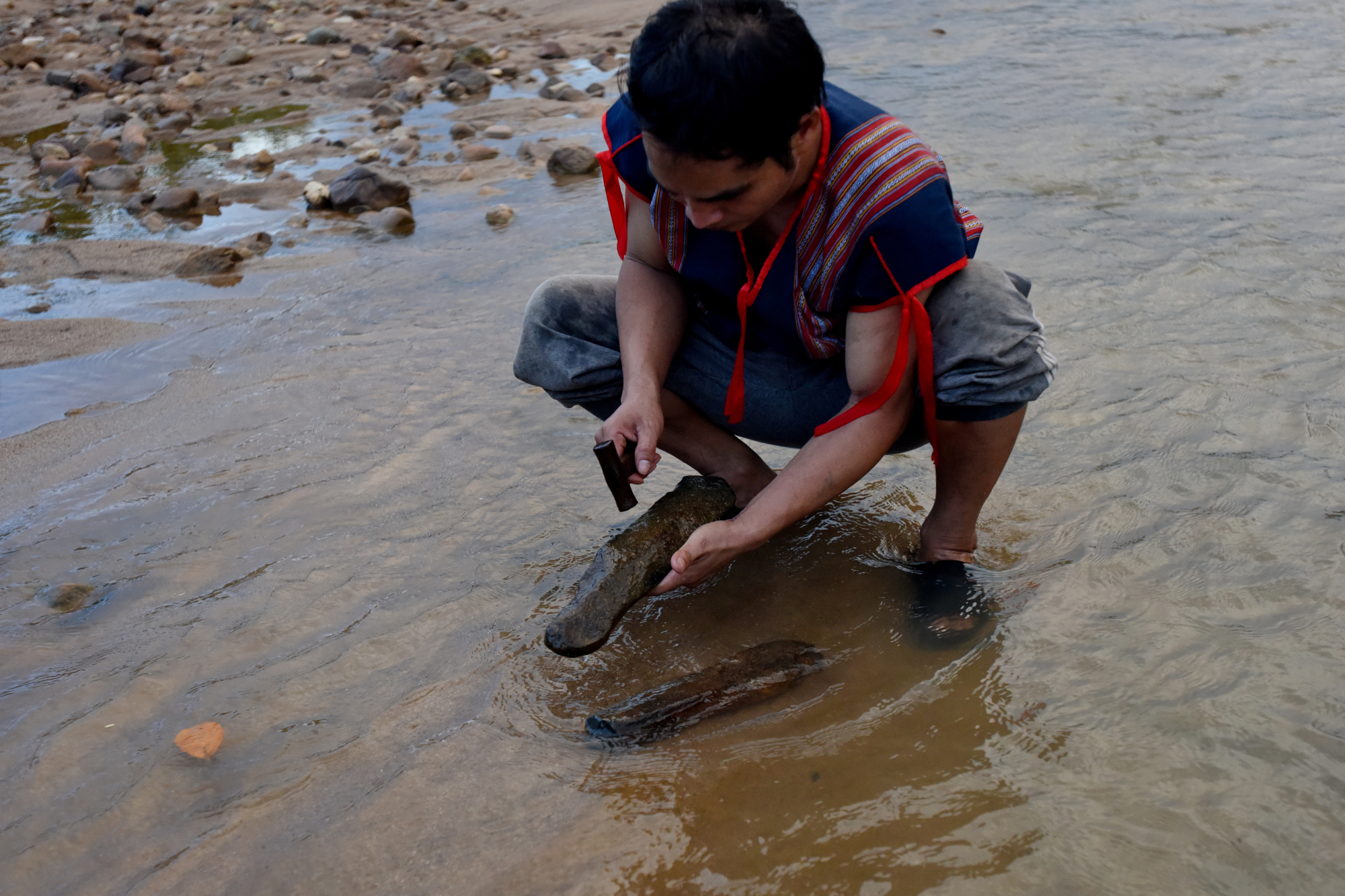
A Huynh tested the sound of a stone he had just found from the Ya Xier stream.
A Huynh was born in 1982, a Ja Rai ethnic, living in Chot village, Sa Thay town, Sa Thay district, Kon Tum province. In 2015, during the first consideration for the title of Meritorious Artisan in the field of intangible cultural heritage, he was awarded the title of Meritorious Artisan by President Truong Tan Sang at the age of 33 for his outstanding contributions to preserving and promoting the nation's cultural heritage.
In Kon Tum in particular and the Central Highlands in general, he is present at almost every major festival. Although young, A Huynh has long been a famous artist in the region, so he is invited to perform traditional musical instruments in many places. In addition to gong performances, A Huynh can also create, improve and skillfully use most of the traditional musical instruments of the Ja Rai people.
“We can make and play all the musical instruments of the Ja Rai people. Lithophone, to rung, ting ning, dinh put, k'ni… we know everything” – Mr. Huynh shared.
In addition to his talent for performing gongs and skillfully making and playing the to rung zither, A Huynh is also famous for being the only person in Kon Tum who knows how to make and play the stone zither, the most unique musical instrument of the Central Highlands people and also the oldest musical instrument of mankind.
The lithophones of the Central Highlands are so famous, but now few people know how to make and use them. A Huynh's ability to make and play lithophones was also a coincidence. More than ten years ago, while crossing a stream, he came across some strangely shaped stone bars. He found them interesting, so he picked them up and accidentally tapped them and found that they produced strange sounds that resonated like gongs. With a natural musical spirit and a talent for playing gongs, A Huynh began to chisel and apply the gong tuning technique to tune the lithophone. Gradually, he was able to make his first lithophone.
Since then, A Huynh has made many different lithophones. His lithophones have not only been taken to competitions and performances everywhere, but have also attracted the attention of music experts at the Vietnam National Institute of Music and the Vietnam National Institute of Culture and Arts who have come to survey and research them.
The strange thing is that although he knows how to make and play many ancient musical instruments very well, A Huynh has never been trained in any music school, nor has anyone taught him. He has succeeded only through his passion, natural talent, and perseverance in self-study, self-making and self-experimentation.
A Huynh innocently said: "I didn't study anything, and I don't know what do re, mi, fa, sol are. Seeing other people play so well, I liked it and learned it myself, just to play."
Mr. A Juil - a close friend who often plays the instrument with A Huynh also affirmed : "In Kon Tum, there are people who know how to make other instruments, but no one else knows how to make lithophones, only A Huynh."
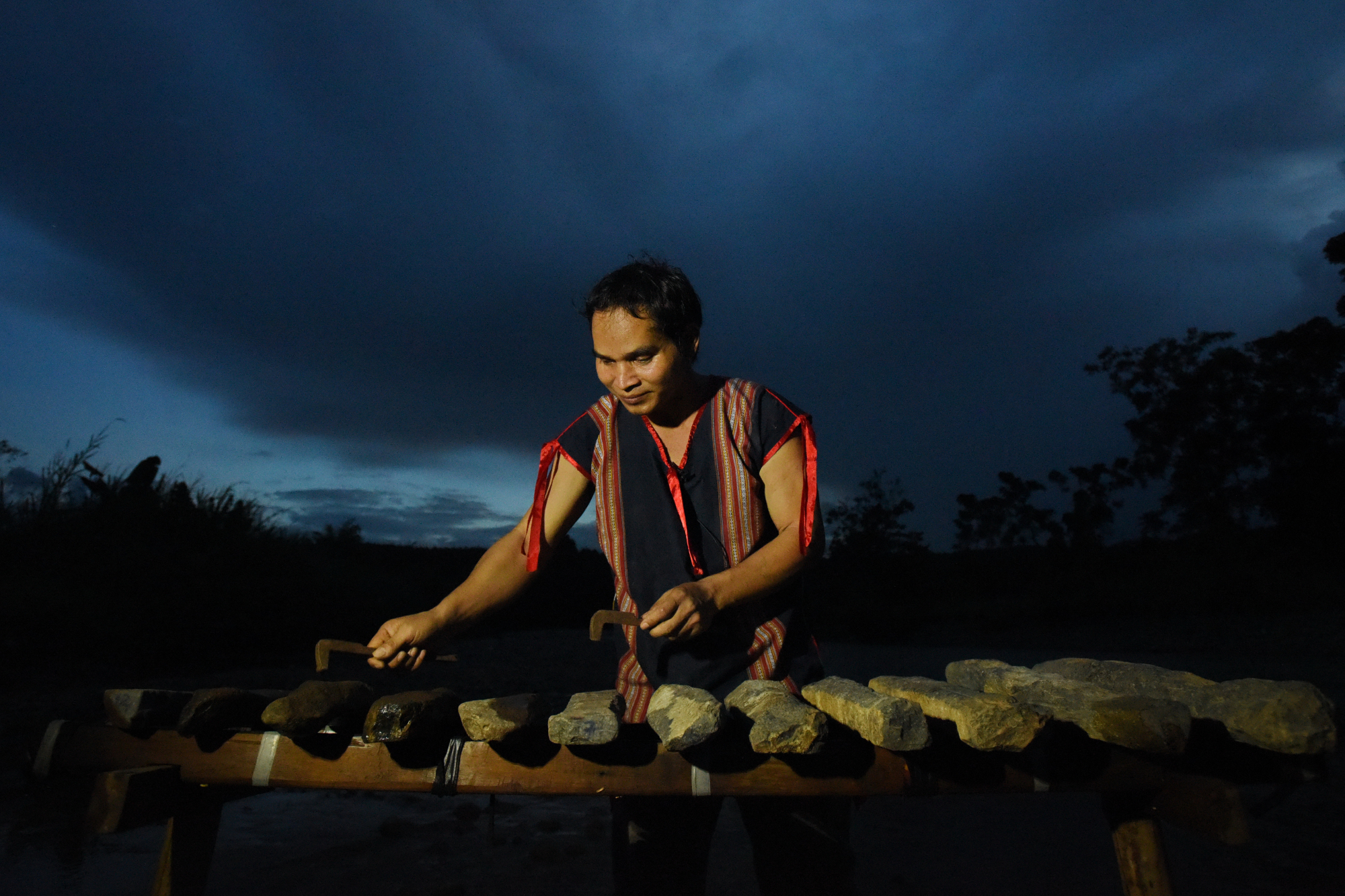
Meritorious Artisan A Huynh (Ja Rai ethnic group) is capable of crafting and skillfully playing most of the ancient musical instruments of the Ja Rai people.
Not only is he passionate about making, improving, using and improving his performance skills of traditional musical instruments, A Huynh is also very enthusiastic about teaching the young generation in the village and is always willing to introduce them to those who love and want to explore the musical art of the Ja Rai people.
A Huynh is gentle, quiet, and smiles often, a smile that shines on his angular and sun-darkened face, typical of a Ja Rai man from the sunny and windy Central Highlands. A Huynh's heart always burns with passion, a flame that not only helps him satisfy his passionate love for music but also ignites his ambition to preserve, contribute to, and spread the beauty of his homeland's traditional musical heritage, including the legendary stone instrument of the Central Highlands.
The lithophone (called goong lu by the ethnic groups in the Central Highlands of Vietnam, read as goong lu, meaning “stones sound like gongs”) is the oldest percussion instrument in Vietnam and one of the most primitive musical instruments of mankind. The instrument is made of stone bars of different lengths, thicknesses, and thinnesses. Long, large, and thick stone bars have a low pitch, while short, small, and thin stone bars have a clear sound. At high pitches, the lithophone sounds distant and clear. At low pitches, the lithophone resonates like the echo of a cliff. The ancients considered the sound of the lithophone as a means to connect the underworld with the living world, between humans and the gods of heaven and earth, between the present and the past. In 2005, UNESCO included the lithophone in the list of musical instruments in the “Central Highlands Gong Cultural Space”. |
Article and photos: Nam Hoa
Source






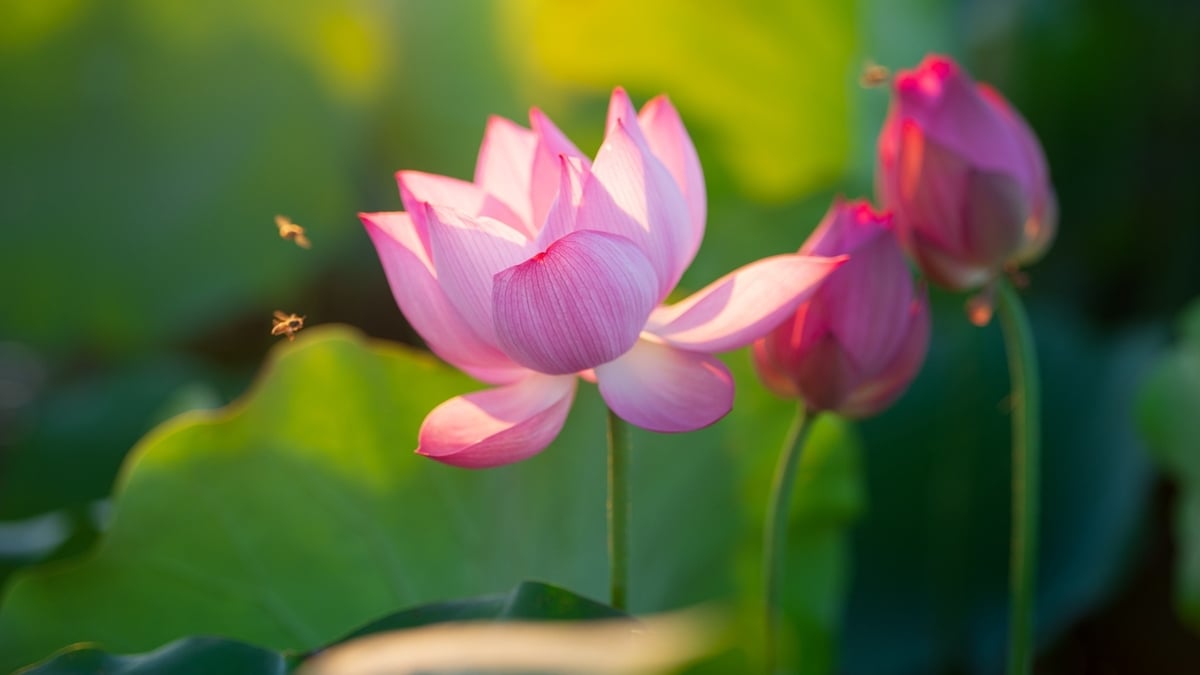






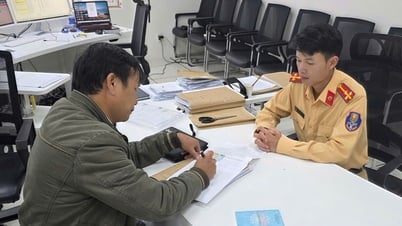
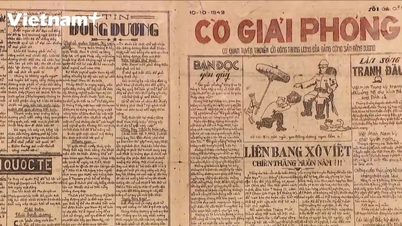






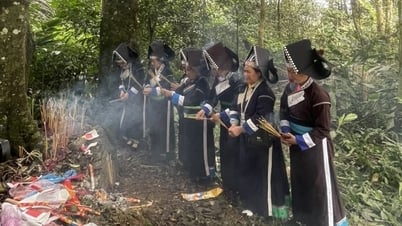

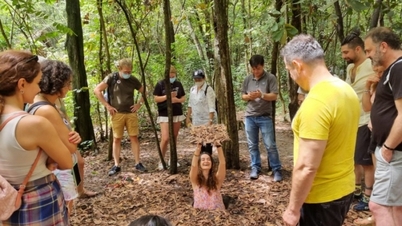

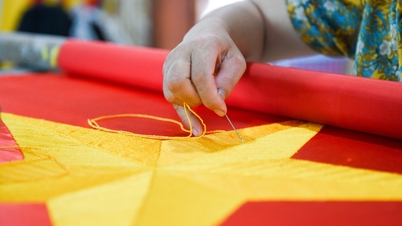


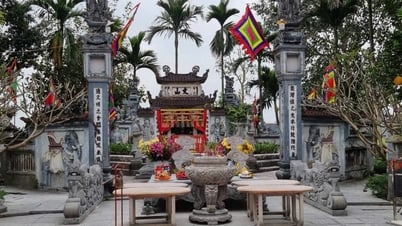

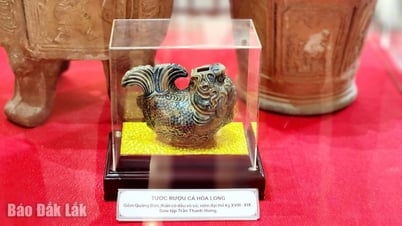

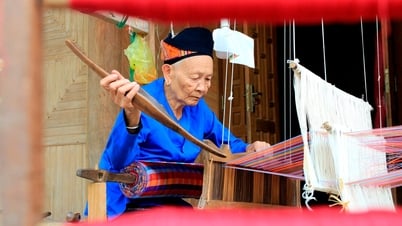



















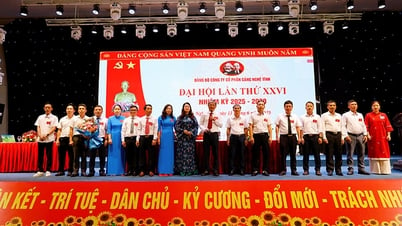

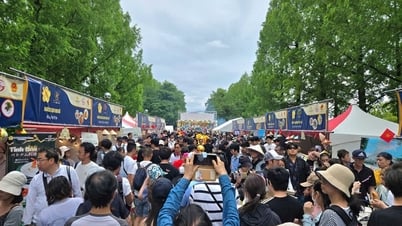



















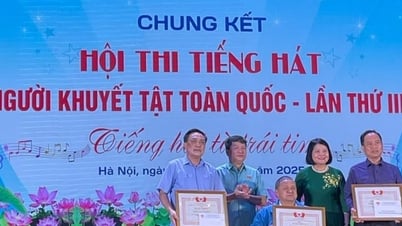




















Comment (0)